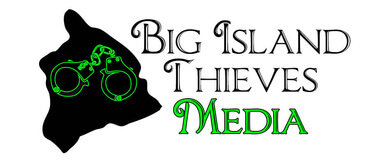
Drinking water at 72 elementary schools across Hawaiʻi will be tested for lead in the second phase of a joint project between the Hawaiʻi State Department of Education (HIDOE) and the Hawaiʻi State Department of Health (DOH). Testing will begin in late May of 2022 as part of a nationwide program established under the Water Infrastructure Improvements for the Nation (WIIN) Act of 2017 to test drinking water for lead in schools and child care centers.
“Long-term exposure to lead has greater consequences for younger keiki and can result in problems with learning, attention, and behavior, among other health problems,” interim Superintendent Keith Hayashi said. “Phase I of this precautionary testing pinpointed specific taps on campuses that exceeded action levels and a bill requesting emergency appropriations for repair work is awaiting Governor Ige’s signature. We are very grateful for our partnerships with the U.S. Environmental Protection Agency and our state Department of Health for their expertise and guidance in helping to ensure our campuses are safe.”
“Testing in the first phase of this project allowed us to take action to identify and remove from service fixtures that exceeded the lead action level,” said DOH Toxicologist Dr. Diana Felton. “The second phase of this project will allow us to complete sampling at elementary schools across the state to ensure that we are providing a safe learning environment for all keiki.”
Coordination with participating schools began in late April and site testing will occur in late May through September. Contractors will visit school sites and test samples from drinking water taps. If the samples show the presence of lead above the action level of 15 parts per billion (ppb), the impacted taps will be shut off within 24 hours or by the next school day and will no longer be available for use.
HIDOE and DOH will conduct follow-up testing and develop repair plans to address the cause of lead contamination. Water sampling test results will be posted on the WIIN project website at http://health.hawaii.gov/wiin and be sent to each school to post in their administrative office.
At the completion of this project, all public elementary schools in Hawaiʻi will have been tested for lead. Phase I testing, which occurred in 2021, included 106 public elementary schools statewide. Of the 106 schools tested, 89 had at least one faucet exceeding the action level of 15 ppb of lead. Click here to view test results. Funding for follow-up replacement or repair work is included in Senate Bill 3098, which is currently pending the approval of Governor Ige. Phase II will test drinking water fixtures at the remaining 72 elementary schools.
Drinking water is only one potential source of lead contamination. Most childhood lead exposures in Hawaiʻi occur at home from deteriorated lead-based paint or soil contaminated with lead. Other potential sources of lead exposure include fishing sinkers, a parent’s hobbies or jobs, imported spices, cosmetics, dietary supplements and traditional medicines, imported or antique toys and toy jewelry, pottery and ceramics, and other consumer products.




